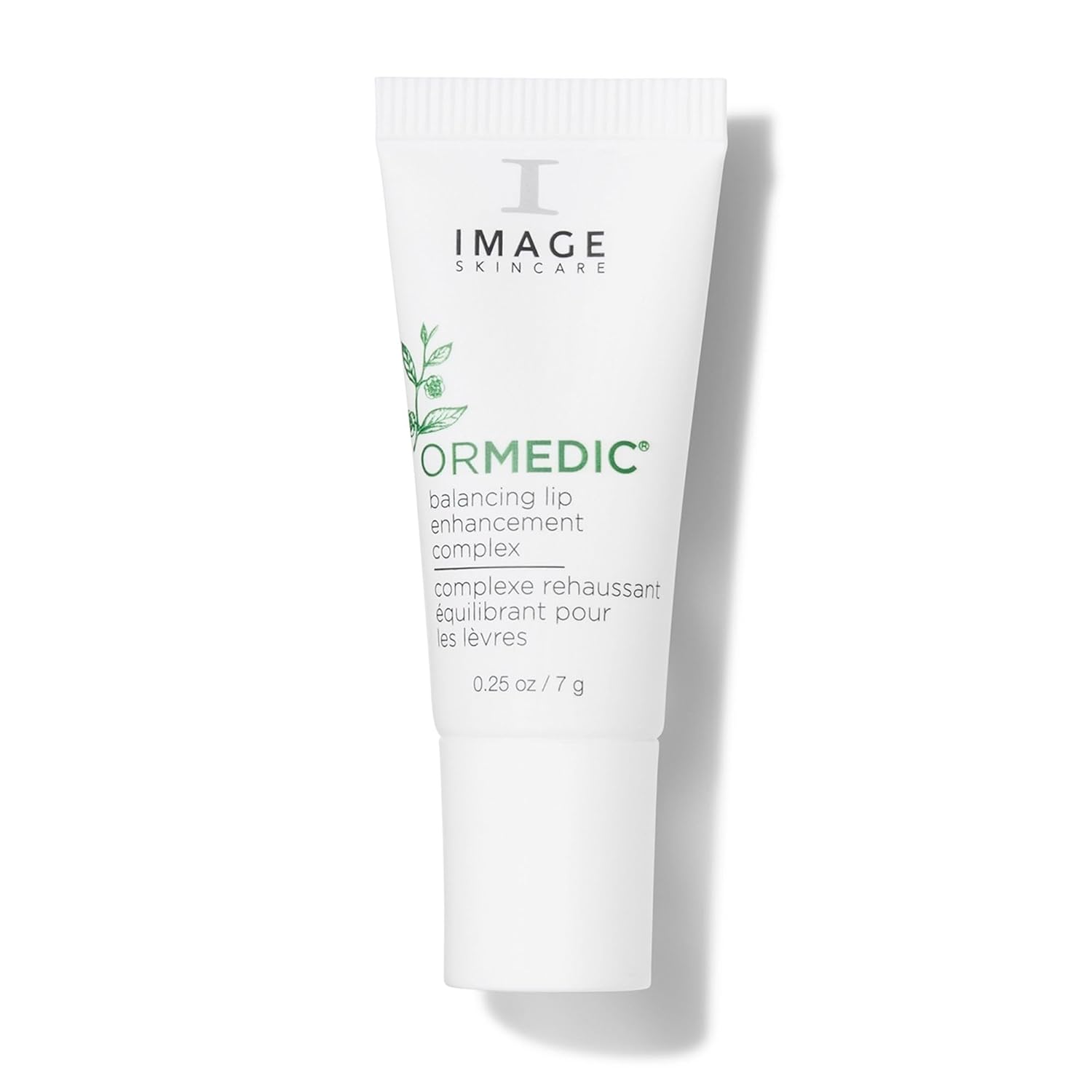The quest for healthy, glowing skin is a goal shared by many, and the beauty industry offers countless products designed to hydrate, rejuvenate, and protect our skin. However, one critical factor often overlooked in skincare routines is pH balance. Understanding pH and its effect on our skin can be the key to unlocking a more radiant complexion, minimizing skin issues, and maximizing the effectiveness of your products. In this article, we’ll explore what pH is, why it matters for your skin, and how to choose and maintain pH-balanced products for optimal skin health.
What is pH Balance?
pH stands for “potential of hydrogen” and is a measure of how acidic or alkaline a substance is on a scale from 0 to 14. A pH of 7 is considered neutral, while values below 7 are acidic, and values above 7 are alkaline (or basic). The pH of our skin’s surface is typically slightly acidic, falling between 4.7 and 5.5. This slightly acidic environment plays a vital role in maintaining skin health and overall balance.
The Skin’s Acid Mantle
The skin’s surface layer, also known as the acid mantle, is a protective film composed of sebum (natural oils), sweat, and other skin secretions. It acts as a barrier against harmful environmental factors, such as bacteria, pollution, and allergens. The slightly acidic pH of the acid mantle helps maintain skin hydration, supports beneficial microbiota, and protects against pathogens and external stressors.
When the pH of the acid mantle is balanced, skin is better able to retain moisture, remain elastic, and ward off irritation and infections. However, when the pH balance is disrupted—whether by harsh cleansers, environmental stressors, or skincare products that are too alkaline or acidic—the skin can become more prone to dryness, sensitivity, breakouts, and premature aging.
How pH Imbalance Affects Skin
A disruption to the skin’s natural pH balance can manifest in various ways, depending on individual skin types and sensitivities:
- Dryness and Dehydration: When skin’s pH becomes too alkaline (above 7), it may lose moisture and become dry, flaky, and prone to irritation. This is common with the use of harsh soaps, which can strip natural oils from the skin, compromising its barrier function.
- Acne and Breakouts: An imbalance in pH may promote bacterial overgrowth, such as Propionibacterium acnes, leading to acne. High alkalinity can also make the skin more susceptible to clogged pores.
- Premature Aging: A disrupted pH balance can weaken the skin barrier, accelerating the aging process by increasing the appearance of fine lines and wrinkles due to dehydration and inflammation.
- Sensitivity and Redness: Skin that becomes too acidic or alkaline is more vulnerable to irritants and allergens, resulting in sensitivity, redness, and inflammation.
The Role of pH in Skincare Products
Not all skincare products are created with pH balance in mind. Cleansers, exfoliants, toners, and moisturizers may have varying pH levels that can impact how your skin feels and looks. Ideally, skincare products should match or complement the skin’s natural pH level.
1. Cleansers:
Many traditional bar soaps and some foaming cleansers have a high pH, often around 9-10. This can strip the skin’s protective barrier, leading to dryness and increased sensitivity. Opting for pH-balanced cleansers (around 4.5-5.5) that are sulfate-free and gentle on the skin can help preserve the acid mantle and maintain moisture
2. Exfoliants:
Chemical exfoliants, like alpha-hydroxy acids (AHAs) and beta-hydroxy acids (BHAs), are acidic and work by lowering the skin’s pH temporarily to exfoliate dead skin cells and promote cell turnover. Proper formulation is crucial to avoid irritation; higher concentrations should only be used occasionally, and pH-neutralizing steps should be taken afterward.
3. Moisturizers:
A good moisturizer helps restore and maintain the skin’s barrier. Many modern formulations are pH-balanced to complement the skin’s acidity and offer soothing, hydrating benefits.
4. Toners:
Toners can act as a pH balancer after cleansing, especially if the cleanser used was slightly alkaline. This step helps prepare the skin for subsequent treatments and maintains optimal conditions for absorption.
How to Identify pH-Balanced Products
While product labels don’t always list the pH level, some reputable brands include this information. You can also conduct your own pH test using pH testing strips available at many beauty stores. Here’s how to check the pH of a product:
- Dip the strip into the product.
- Compare the color change with the scale provided with the strips.
- Ideally, look for products that measure around 4.5 to 5.5 for a more pH-friendly skincare experience.
Choosing pH-Balanced Skincare Products
To maintain a healthy skin barrier, consider the following tips when selecting skincare products:
- Opt for Gentle, Sulfate-Free Cleansers: Sulfate-based cleansers often have a higher pH and can be stripping.
- Use pH-Balancing Toners: Incorporating a toner that matches the skin’s pH can help restore balance after cleansing.
- Be Careful with Exfoliants: Strong acids should be used sparingly and followed by a neutralizing moisturizer or serum.
- Avoid Products with Too Many Irritants: Fragrances, alcohols, and harsh chemicals can exacerbate pH imbalance.
Maintaining pH Balance in DIY Skincare
For those who prefer DIY skincare, paying attention to pH balance is crucial. Ingredients like apple cider vinegar, aloe vera, and honey have acidic properties, making them useful for balancing pH. When formulating your own products, use pH testing strips to ensure they fall within the skin-friendly range.
Conclusion
The importance of pH balance in skincare cannot be overstated. Maintaining the skin’s natural pH helps preserve the acid mantle, which serves as the first line of defense against environmental stressors, dryness, and irritation. Choosing pH-balanced products ensures your skin stays hydrated, resilient, and less prone to inflammation and breakouts. By understanding and prioritizing pH in your skincare routine, you can optimize your skin’s health and achieve a radiant, balanced complexion that looks and feels its best.












